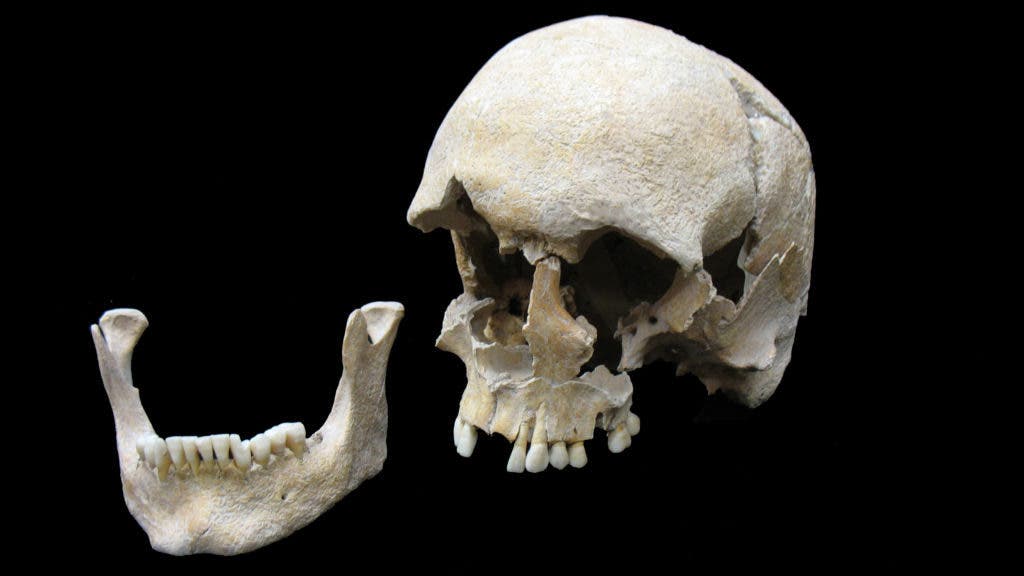
Using the latest genetic sequencing techniques, researchers extracted and analyzed the DNA of unfortunate plague victims from the 6th century Roman Empire. The bodies were found by accident buried in a graveyard outside Munich, Germany, more than five decades ago. Though far from solving the puzzle, the findings will help establish how Yersinia pestis, the Black Plague-causing bacterium, evolved from a benign nuisance into a mass murderer.
Thanks to modern medicine, infectious diseases can be largely contained and pandemics are rare. When they do happen, as with Ebola or Zika, science is quick to act by developing vaccines and drugs that keep diseases at bay or eradicate them completely. Only a century ago, however, the word “plague” alone struck terror. For more than 1,500 years this terrible disease, sometimes known as the Black Death, would come and go in waves sweeping Eurasia and killing between a third and a half of the population. But some 5,000 years ago, the ancestor of the bacterium that causes the plague would only trigger an upset stomach in its hosts. Somewhere in its evolutionary timeline, the bacteria developed strains that inflicted delirious fever, black boils that oozed blood, culminating in a very painful death five days after the first symptoms showed.
While the Black Plague is famous for its Dark Age killing spree, the first major outbreak recorded in history started around 541 C.E. in the Roman Empire. The Emperor Justinian, who was ruling from Constantinople at the time, issued a state decree mandating clerks to record every dead body that leaves a city’s gate. The death toll was so unprecedented, though, that at some point people lost track. They gave up at around 230,000.
Some of these Roman victims from Justinian’s time were discovered in Altenerding, Germany. Underneath gardens and roads, construction workers discovered the remains of 1,451 people, then alerted local archaeologists. Not too far from this site, scientists found another mass grave where they discovered bodies dated 6th century which succumbed to the plague. Michael McCormick, a Harvard historian who studies the Justinianic plague and his colleagues decided to investigate whether this newly found graveyard also contains plague victims.
To this end, the researchers pulled teeth from 20 skeletons. Blood-borne pathogens like the plague linger in the dental pulp where there are a lot of blood vessels, so this is where scientists reckoned they would be most successful in sequencing the DNA. Even so, only two skeletons rendered viable plague DNA for analysis. It was enough though since the results were more detailed than those carried out in the nearby German site.
The analysis found 30 points in the genome that were different from other strains of the plague. That was to be expected since the plague mutated various strains — it’s even alive today in some regions of the world like India and Madagascar.
While the genome analysis doesn’t explain how the plague came to be, it helps piece together an evolutionary timeline which eventually will lead to the very origin. This is important because we might learn how a benign bacteria can suddenly mutate into a devastating killer. We’ll be much more prepared the next time it happens.
“Understanding what happened during history, understanding when plague emerged, and how it transformed — that is very interesting from a basic point of view,” said Elisabeth Carniel, a plague researcher at the Institut Pasteur in Paris “But also it shows that these kind of events can occur again at any time, anywhere in the word. Understanding how it happened in pestis might be useful to be prepared in case of other types of outbreaks.”






